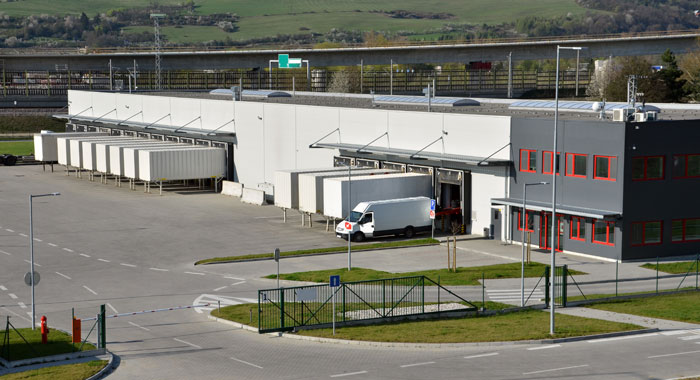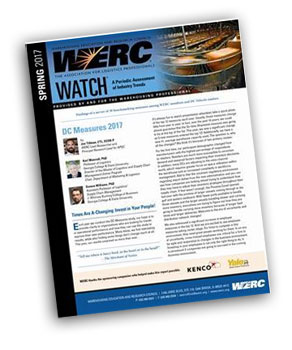Distribution Center Metrics: What’s Your Focus? What are Others Doing?
The top metrics from the WERC/DCVelocity 2017 DC survey

I always look forward to the annual DC Velocity/WERC (Warehousing Education and Research Council) distribution center metrics survey, which provides insight into what measurements are most critical according to DC managers. These concerns have shifted over the years, but perhaps never so significantly in a single year as 2017’s survey, with topics like “on time shipments” falling out of first place for only the second time.
What are the metrics your peers are focused on this year?

- Average warehouse capacity used: This is up from #2 in 2015, and #6 in 2016. What’s driving this concern? The boom in eCommerce distribution is probably the biggest factor. Also, an awareness that storage efficiency drives other types of productive behavior, reduces energy costs and increases profits is also becoming more prevalent.
[See: How to Measure and Improve Storage Efficiency] - Order picking accuracy (% by order): Another that’s moved up the last two years – all the way from fifth in 2015. Accuracy drives a lot of other things, like return rates and rework, so it’s always critical to become more accurate without sacrificing speed.
[See: Order Picking Rates: What’s Acceptable?] - On-time shipments: This metric has dropped in importance from the top slot in 2015 and 2016. While still critical to survey respondents, it is no longer their top concern. Obviously, on-time metrics are directly tied to customer service and will always be important, but this survey helps to clarify that DCs are working at near capacity in an era of expansion. On time shipment is the result of other critical steps such as warehouse capacity and labor issues, which have become more important this year.
- Peak warehouse capacity used: Another metric on the rise, as companies cope with shortages of distribution space in critical markets like Dallas, Atlanta, the Inland Empire, Florida and other parts of the country.
- Part-time workforce to total workforce: This wasn’t a factor at all the last two years. As labor becomes more expensive and difficult to retain, part-time and temporary workers are used to fill the gaps, and that’s become an important data point for the industry. Most companies seem to desire to reduce part-time workers and trend toward dedicated full time employees.
- Overtime hours to total hours: Another metric that didn’t make the top 12 in 2015 or 2016. Since the survey respondents have tilted more towards retail distribution than manufacturing in 2017, this isn’t surprising. Labor is the most expensive item in a warehouse budget, with substantial dollars committed to picking, packing, shipping and other time-consuming tasks. The booming fulfillment sector must pay increased attention to the efficiency of labor, and the presence of metrics #9, #5, #6, and #7 underlines that.
- Contract employees to total workforce: Another that wasn’t listed the last two surveys. Companies are attempting to reduce the number of contract and temporary workers to improve quality, and metrics such as returns, accuracy, and product damage.
- On-time ready to ship: Ranked number 12 in 2016, this has become more important to warehouse operators.
- Cross-trained percentage: Not listed in ’16 or ’17. But we’ve seen many of our customers invest heavily in creating a more flexible labor force that can serve many parts of an order fulfillment operation. Packers, pickers and others are being cross-trained to serve different roles within the company.
- Inventory count accuracy by dollars per unit: Not listed in ’16 or ’17.
- Percentage of supplier orders received damage-free: This metric has fallen from favor. It was #6 in 2016 and #10 in 2015.
[See: Reducing Product Damage in the Warehouse] - Order fill rate: DC managers rated this the tenth most important metric in 2016, and wasn’t rated two years ago.
More resources:
- Infographic: The Survey Results
- The Times are a’Changing – DCVelocity
- In Tight Labor Markets, How Can DCs Thrive?
Tags: 3PL, Third Party Logistics, ecommerce
Scott Stone is Cisco-Eagle's Vice President of Marketing with 35 years of experience in material handling, warehousing and industrial operations. His work is published in multiple industry journals an websites on a variety of warehousing topics. He writes about automation, warehousing, safety, manufacturing and other areas of concern for industrial operations and those who operate them.




